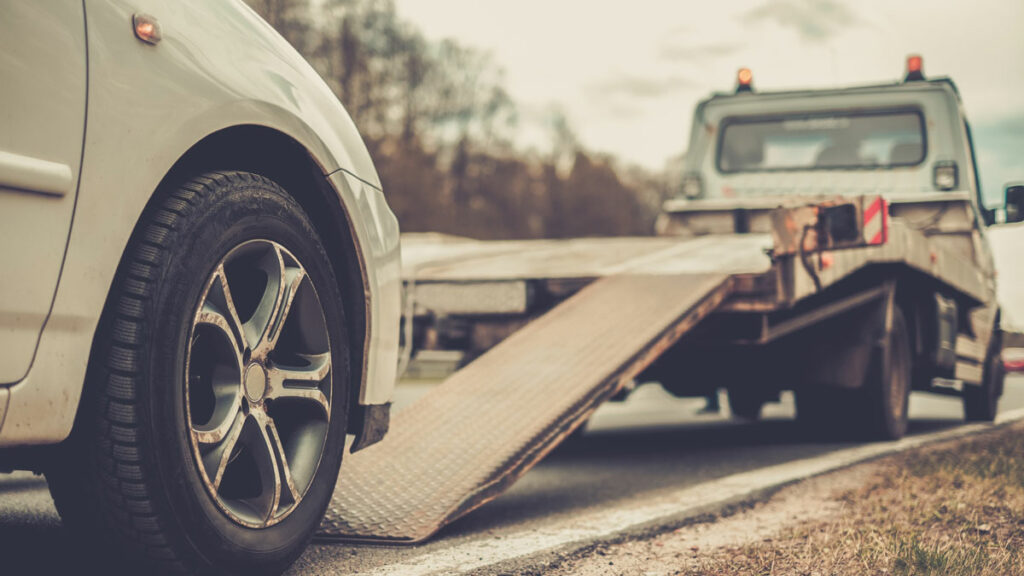When you buy a new vehicle, whether a personal or commercial purchase, it loses a portion of its value the second your tires hit the street outside the dealership.
But if you financed that purchase through a lender, you’re on the hook for the total price you paid for the car. If you change your mind and try to sell the car to someone else, the value will technically be less than what you paid.
If you’re insured for the car’s value, which drops when you drive off the lot, you are upside down in the loan.
What is gap insurance?
If you total a vehicle with an upside-down vehicle, you would have to pay the difference between the car’s value and the loan. Some lenders make you pay the difference in cash, and others will let you finance the remaining amount with your next car loan, so long as you sign with them. But this puts you in an even more unfortunate situation.
This is where gap insurance comes in. Gap insurance pays the “gap” between the loan amount and car value in the case of an accident.
When should I get gap insurance?
This type of insurance is generally a good idea. You should consider it more heavily if you:
- Did not make a sizable down payment
- Financed for an extended period
- Purchased a vehicle with faster depreciation times (like a minivan)
- Rolled over negative equity from an old car loan
Many car dealers and lenders will sell you gap insurance with the purchase of your new car. However, an experienced insurance agent can help you with this, which will generally be cheaper.
The right insurance can save you time and energy. By understanding the coverage available and your specific needs, you are taking the first steps to protect your loved ones from unforeseen tragedies.

